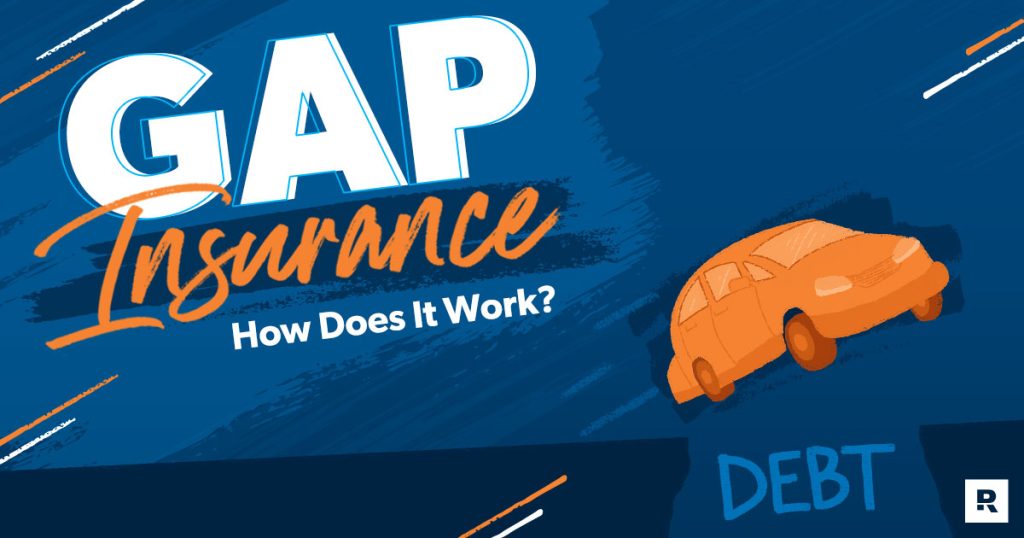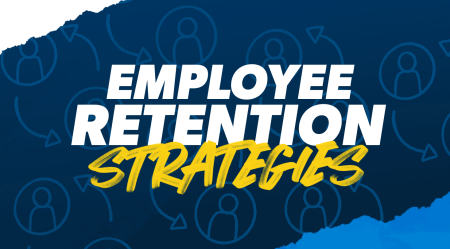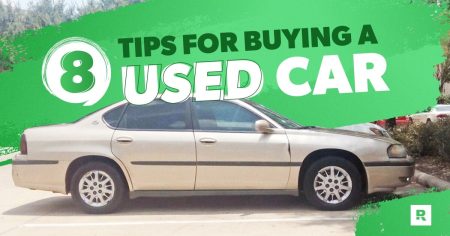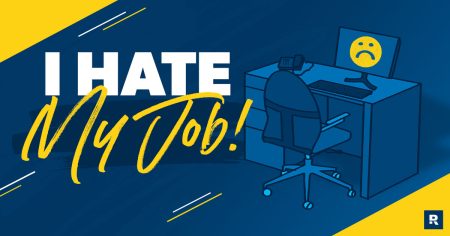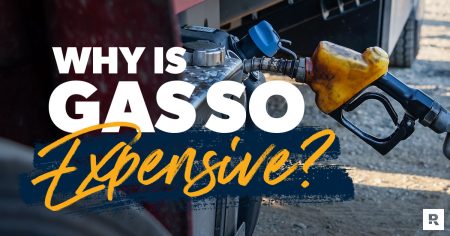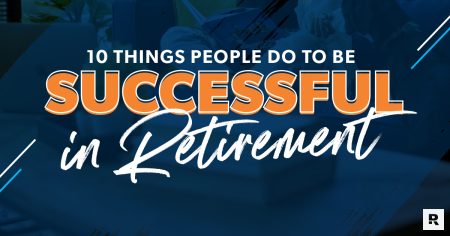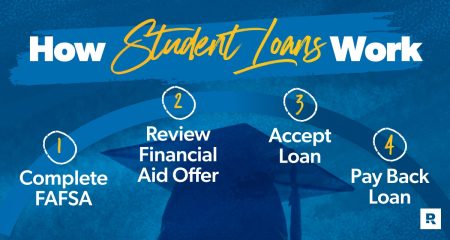You walk onto the lot looking for a sensible car for your commute—a used one if you can get it. But on the way to look at the economy hatchback that gets 40 miles per gallon, the dealer notices your eye wander toward that big, beautiful luxury sedan—the German one. He says, “I know you had your heart set on the hatchback, but we’re running a special this month. I can get you in that bad boy today for zero down at 2.9% APR. You know you want to test-drive. Come on, let’s do it.” The next thing you know, you have a $65,000 car with a $900 a month car payment.
The only problem (besides the ginormous car payment) is that as soon as you get the keys and drive the car off the lot, it’s now worth just $55,000. If you get into an accident and total the car, you’ll be on the hook for that extra $10,000. That’s where a little thing called GAP insurance comes in.
So, how does GAP insurance work?
We’ll tell you what it is and why—if you follow our advice—you should never need it.
Let’s dive in!
What Is GAP Insurance?
Guaranteed asset protection, also known by its pun of an acronym—GAP—is insurance that covers the difference between the vehicle’s actual cash value versus what you still owe on the loan.
In other words, if you finance or lease a car and it gets totaled or stolen before you can pay off what you owe, GAP insurance covers the difference between what your car is worth on a used-car lot and the amount you still owe.
How Does GAP Insurance Work?
The best way to explain how GAP insurance works is to give you some sample situations where GAP insurance can come in handy.
- If the term of your loan is longer than 60 months. That’s five years—yikes!
- If you finance a car that depreciates faster than the average car. Think big, luxury sedans. But most cars lose 60% of their value within the first five years.1
Now, full disclosure: If you haven’t figured it out from the above, we’re always going to tell you to buy your car with cash. We hate debt and would never recommend you get yourself into any of these scenarios.
But if you were to finance a car and, heaven forbid, get into an accident and total your new $22,000 ride, your insurance company will pay you the Kelley Blue Book value of your car. Let’s say your insurer pays you $15,000. But you still owe close to $22,000 because you made the dumb decision to finance a car.
So, the gap is $22,000 minus $15,000, which is $7,000. If you have GAP insurance, your insurance covers that gap so you can pay off the loan. Here’s a visual:
|
Current Loan Balance |
Actual Cash Value |
Difference (the Gap) |
|
$22,000 |
$15,000 |
$7,000 |
(Note: You can also expect to pay your deductible. Sometimes GAP insurance reimburses you for your deductible and sometimes it doesn’t. You’ll have to check your policy.)
What Does GAP Insurance Cover?
Remember, GAP insurance covers the gap between what your car is worth and how much you owe on it if it gets totaled or stolen.
It doesn’t matter how your car gets destroyed. If your insurance company deems the car a total loss, your GAP insurance will kick in after your insurer cuts you a check for the actual cash value (ACV) of the car. (How they figure out the ACV is kind of a mystery—but you can do your own research by using sites like Kelley Blue Book.)
Don’t let car insurance costs get you down! Download our checklist for easy ways to save.
For example, GAP insurance would come into play if your car was impacted by:
- Collision
- Vandalism
- Theft
- Flood
- Tornado
- Hurricane
- Terrorism
To learn more about how collision and comprehensive insurance work together with GAP insurance, we recommend reading our article about what GAP insurance covers.
What Isn’t Covered by GAP Insurance?
What does GAP insurance not cover? Well, quite frankly, a lot! And that causes a lot of confusion. Here are some of the things GAP insurance won’t cover:
- Car payments if you lose your job or go on disability
- Vehicle repairs
- Car rental while your car is in the shop
- Extended warranties
GAP insurance doesn’t cover any of these things. In fact, GAP insurance literally just covers the difference between what your auto insurance will pay and what you owe on the loan—nothing else.
How Much Does GAP Insurance Cost?
Let’s talk dollars and cents. There are two places you can buy GAP insurance: from the finance company at the dealer and from your regular car insurance provider.
If you buy at the point of sale—either from the dealership or the bank financing your loan—it’s usually outrageously expensive, and you pay a lump sum of $500–700!2
That cost actually gets added to your loan amount, which means you’ll also be charged interest on what you paid for GAP insurance! So, don’t buy GAP insurance from the dealership or bank.
If you already have a car loan you can’t get out of, it’s way smarter to get GAP coverage through whichever provider is already insuring your vehicle. The good news about GAP coverage is, you can drop it at any time—and you should the moment your loan balance matches the value of your car. Check your coverage with an independent insurance agent to see whether GAP insurance is included and if you still need it.
Most car insurance policies tack on about $20 to your yearly premium to include GAP insurance.3 An agent can also check the rest of your policy to make sure you’ve got the coverage you need at the best price.
Want to know if you have the right car insurance? Download our free car guide today! And if you’re looking for other ways to save on car insurance, check out these tips.
Is GAP Insurance Worth It?
Here’s the thing—GAP insurance essentially protects the debt you still owe on your car. Cue the eye roll.
So, is GAP insurance worth it? If you owe a lot more on your car than it’s worth, it’s probably okay to keep the GAP insurance until you’re no longer upside-down. If you do have GAP insurance, it means you’ll be reimbursed the difference between your car’s value and what you still owe if your car is totaled. And if you don’t have it, then you’re responsible for footing the bill for the difference.
Remember: Debt is dumb, and we don’t want you drowning in car payments. It’s better to pay cash for your car and let your basic collision and comprehensive insurance protect you if you ever need to replace your car.
Get an Insurance Checkup Today
GAP insurance aside, if you’re curious about your coverage in general or just want to shop around for a better rate, our independent insurance Endorsed Local Providers (ELPs) are RamseyTrusted. They can sit with you and go through all of your car insurance needs for multiple vehicles. Our ELPs can help you find the best coverage and rates for your situation.
Find your independent auto insurance agent today
Ways to Save on Car Insurance Checklist
Don’t let car insurance costs get you down! Here’s a checklist for easy ways to save.
Read the full article here



